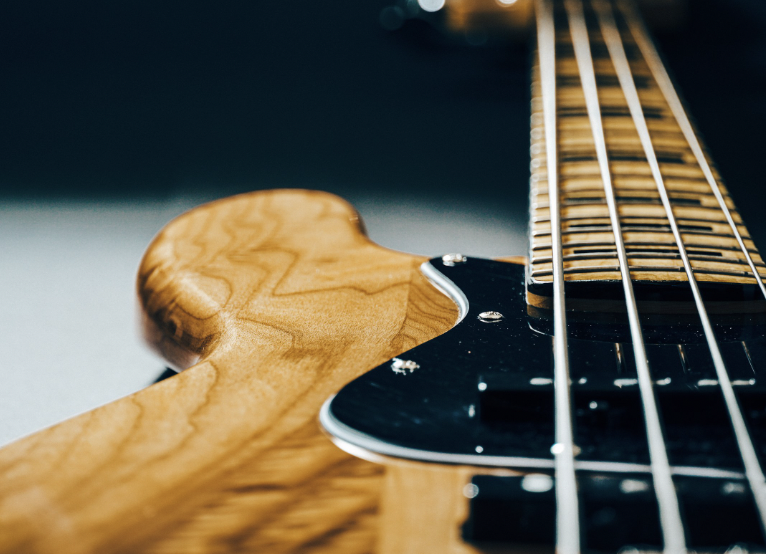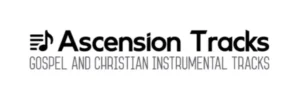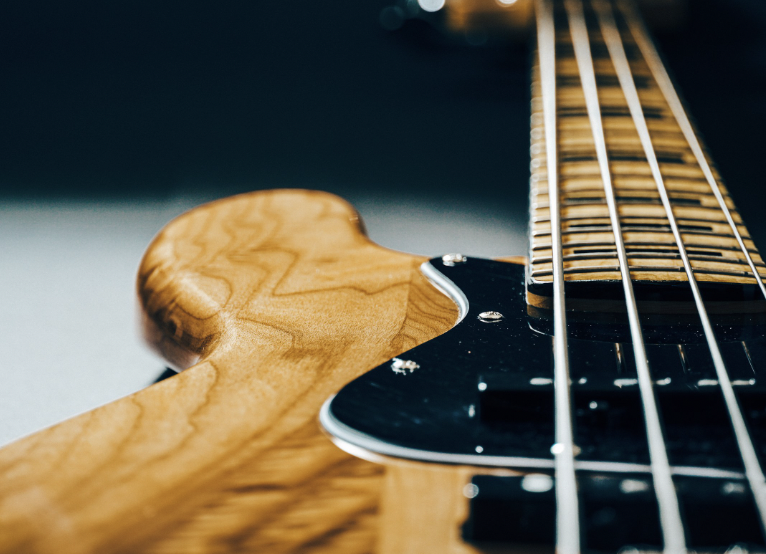As I’m sitting at SYR airport to board my flight to Tampa via Charlotte seems as good a time as any to share some music production tips that I have learned over the years, particularly as they relate to what I do at Ascension Tracks.
Tempo first
I always say when starting a new project “Tempo First”. You have to determine your tempo first and I believe this applies whether you are producing an original song or doing what I do which is to recreate existing songs as instrumentals by listening and carefully playing every part over as accurately as I can.
Actually the first thing to do is determine the time signature of the song and set the time signature of your DAW accordingly. A lot of times you’re lucky and a song is at a set tempo. To determine this you drop the song onto an audio track in your DAW of choice. (I Use Cubase Pro). Find a spot near the beginning of the song where you can get a good solid downbeat. Then make sure the grid is off so you can slide your audio freely. Then zoom in and trim all of the audio to the left of that point . Then turn on the “lock to grid” feature and put that downbeat in the audio right onto the beginning of a measure. Then play the audio from that point to determine how close you are to the tempo of the song and adjust your tempo accordingly . Once you think you have it scroll a minute or two later in the song and see if you are still on tempo.
If you aren’t – no worries. Most DAW’s should have the ability to create a changing tempo map. Cubase makes it very easy. Using the “add track” selection you can choose add tempo track. You can position the tempo track right above the audio track so you can see them both. You should see where the tempo speeds up or slows down and you can add as many tempo points or markers as you want so you can match the tempo changes of the song.
Some songs or portions of songs are free tempos where they are playing “rubato”. I recently started on the song “When I Think/Forever Every Mountain/Because of the Times, 2024 – POA Worship (Ft. Vonnie Lopez). The whole intro is rubato. What I did was pinpoint the spot where the beat started and set that point on a downbeat” and set it at that tempo. So everything in the intro I have to get as close as I can to match what the instruments are doing without the set tempo. Then once I am at the point where the beat starts aI can start quantizing certain things like drums and bass. If there is a variation in the tempo then I just adjust it as I go.

Bass
The next thing I’d like to adress is the bass. I have a simple trick to help with figuring out what the bass is playing. Simply duplicate the audio track of the song. Then pitch shift the duplicate version up one octave or (+12) . Then it will be much easier to hear the bass part it will come through more like a guitar. Just remember when you are recording the bass its going to be an octave lower than what you are referencing. Make sense?
The Process
Next I am going to outline my standard procedure for recreating a song as an instrumental. Keep in mind it is not written in stone because every song is it’s own unique animal. Different songs call for different approaches. But basically it goes like this: I focus on 4 bars at a time as I work through the song. So I take the first for bars and usually I will start with drums unless there is another stand out instrument that is really driving it. Then I typically do the bass. Another thing I do fairly early on is to focus on any sounds that are going to be hard to replicate ,like a specific synth sound. Trying to find the right sound can eat up more time than you think, so get it out of the way early on so you don’t get hung up on it later. Also a word about dynamics,when you start building a song, whether you are recreating something or building an original from scratch, don’t have your instrument volumes up all the way to start. Give yourself enough headroom so you have somewhere to go. Start everything at perhaps -3db and set your initial volumes at first by Turing certain things down and not up. Since most likely you are working with virtual instruments this won’t be a problem. When I first started doing this I was using modules and keyboards going into my interface so I always had to be aware of my signal to noise ratio
palpatine

